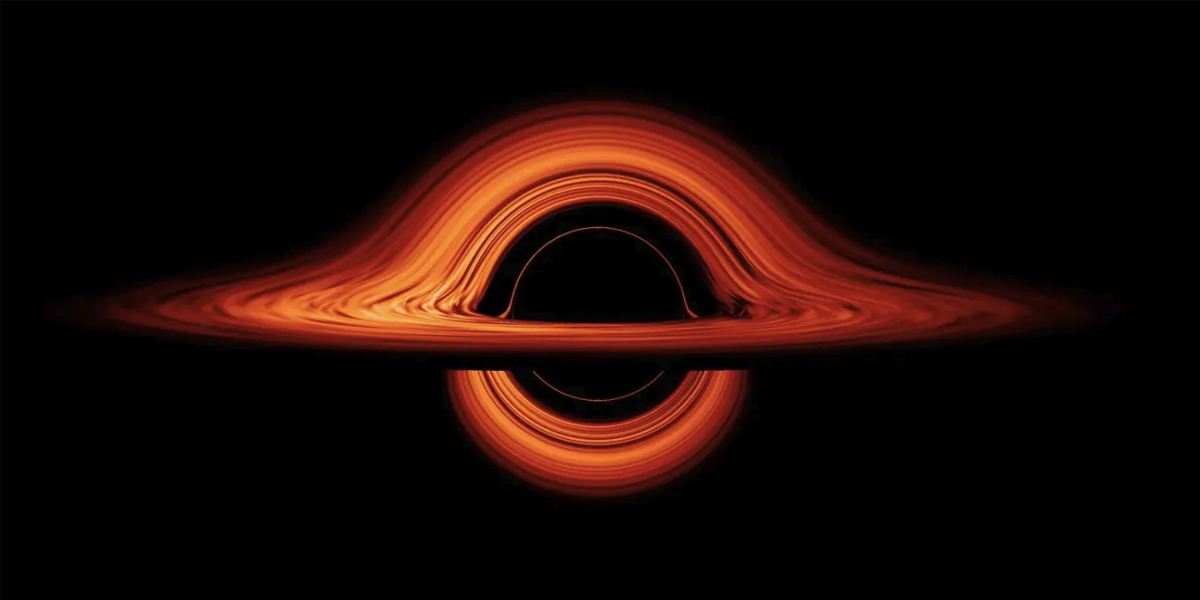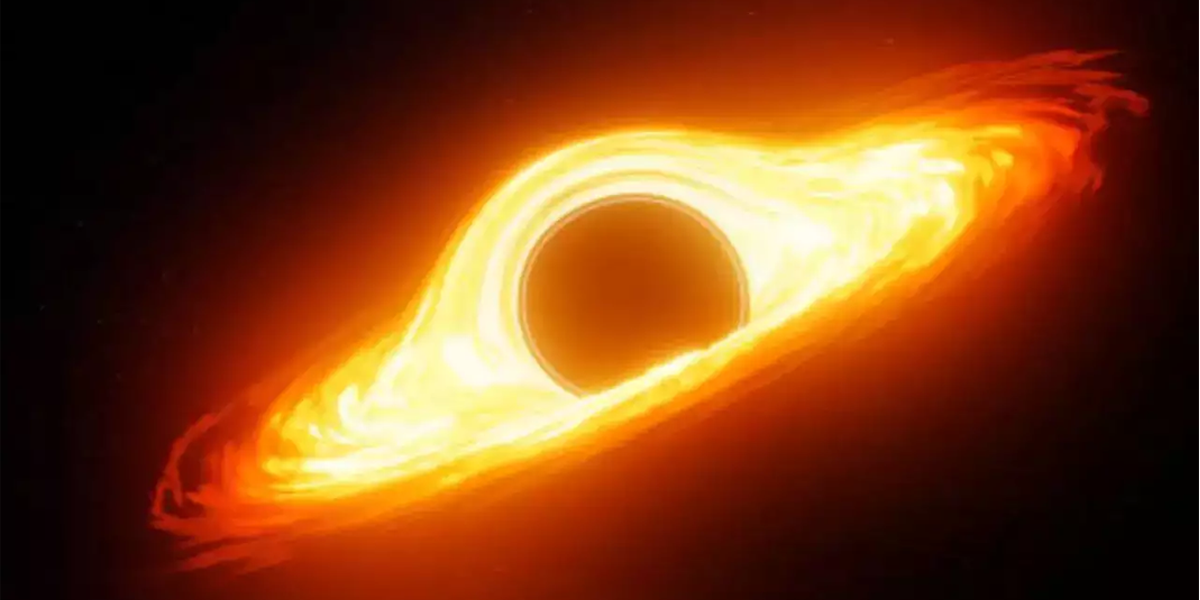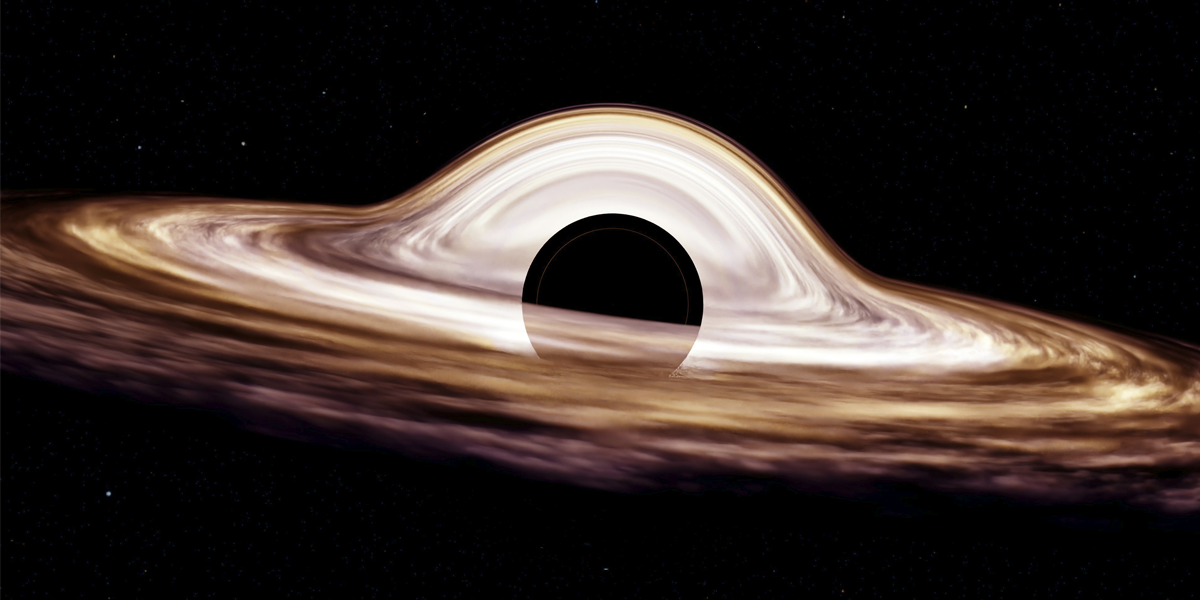Black holes, some of the most enigmatic and fascinating entities in the cosmos, continue to captivate scientists and the general public alike. These extraordinary objects, defined by their immense gravitational pull from which nothing, not even light, can escape, challenge our understanding of physics and the nature of the universe.

The Formation of Black Holes
Black holes are born from the remnants of massive stars. When a star that is several times more massive than the Sun exhausts its nuclear fuel, it undergoes a dramatic collapse under its own gravity. This process can culminate in a supernova explosion, leaving behind a dense core. If this core is sufficiently massive, it will collapse into a singularity — a point of infinite density — surrounded by an event horizon, the boundary beyond which nothing can escape.
There are three main types of black holes: stellar, supermassive, and intermediate:
- Stellar Black Holes: These are the most common type and form from the gravitational collapse of a single star. They typically have masses ranging from a few times to several dozen times that of our Sun.
- Supermassive Black Holes: Found at the centers of most galaxies, including our Milky Way, these giants have masses ranging from millions to billions of solar masses. Their origin remains one of the significant mysteries in astrophysics, but they are believed to form through the merger of smaller black holes and the accretion of vast amounts of gas and dust over billions of years.
- Intermediate Black Holes: These elusive objects bridge the gap between stellar and supermassive black holes, with masses ranging from hundreds to thousands of solar masses. Their existence has been inferred through indirect observations, such as the gravitational waves detected from their mergers.

Properties and Phenomena
Black holes exhibit some of the most extreme conditions in the universe. The intense gravitational field near a black hole warps space and time, leading to several intriguing phenomena:
- Event Horizon: This is the “point of no return.” Once an object crosses this boundary, it cannot escape the black hole’s gravitational pull. The event horizon is not a physical surface but rather a mathematical boundary.
- Singularity: At the core of a black hole lies the singularity, where density and gravitational forces become infinite. The laws of physics as we know them break down at this point, posing significant challenges for theoretical physicists.
- Accretion Disk: Material that falls toward a black hole often forms a disk as it spirals inwards. The friction and gravitational forces in the accretion disk generate tremendous heat and light, making the area around a black hole one of the brightest regions in the universe.
- Relativistic Jets: Some black holes emit powerful jets of particles that travel at nearly the speed of light. These jets are thought to arise from the magnetic fields in the accretion disk and can extend millions of light-years into space.
Detection and Observation
Although black holes themselves are invisible, their presence can be inferred through their effects on nearby matter and light. Astronomers use several methods to detect and study black holes:
- Gravitational Waves: When black holes merge, they produce ripples in the fabric of spacetime known as gravitational waves. These waves were first detected by the LIGO and Virgo observatories in 2015, confirming a major prediction of Einstein’s general theory of relativity.
- X-ray Emissions: The intense gravitational forces near a black hole’s event horizon heat up the accretion disk, causing it to emit X-rays. Observatories like NASA’s Chandra X-ray Observatory and the European Space Agency’s XMM-Newton have detected these X-ray emissions.
- Orbital Dynamics: The motion of stars and gas clouds near the center of galaxies can reveal the presence of supermassive black holes. By tracking the orbits of these objects, astronomers can estimate the mass of the central black hole.

The Role of Black Holes in the Universe
Black holes are not merely destructive forces; they play a crucial role in the evolution of galaxies and the cosmos. Supermassive black holes, for example, are thought to regulate the growth of galaxies by controlling the rate at which stars form. The energy and particles they emit can heat surrounding gas, preventing it from collapsing into new stars and thereby shaping the structure of the galaxy.
Recent Discoveries and Future Research
The field of black hole research is rapidly advancing, with significant discoveries in recent years. In 2019, the Event Horizon Telescope collaboration released the first-ever image of a black hole’s event horizon, located in the galaxy M87. This historic achievement provided direct visual evidence of a black hole’s shadow and opened new avenues for studying these cosmic giants.
Black holes represent one of the most fascinating and challenging areas of modern astrophysics. As our observational technologies improve and theoretical models evolve, we are poised to uncover even more about these mysterious objects and their role in shaping the universe. From the birth and death of stars to the dynamics of galaxies, black holes continue to intrigue and inspire, offering a glimpse into the most extreme conditions the cosmos has to offer.



